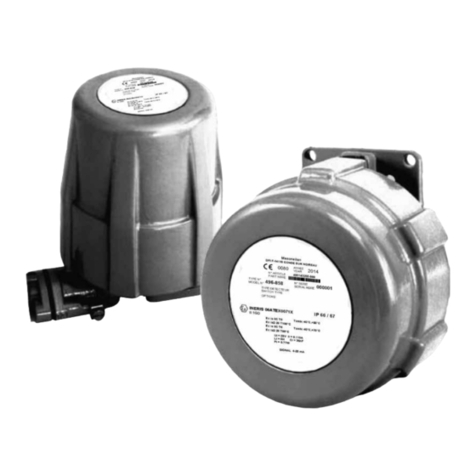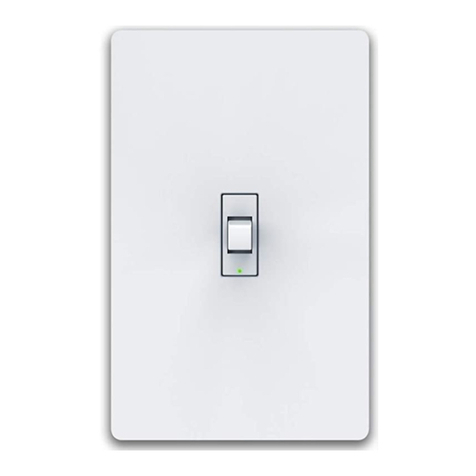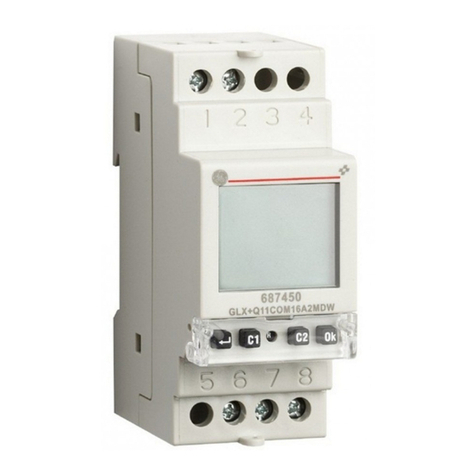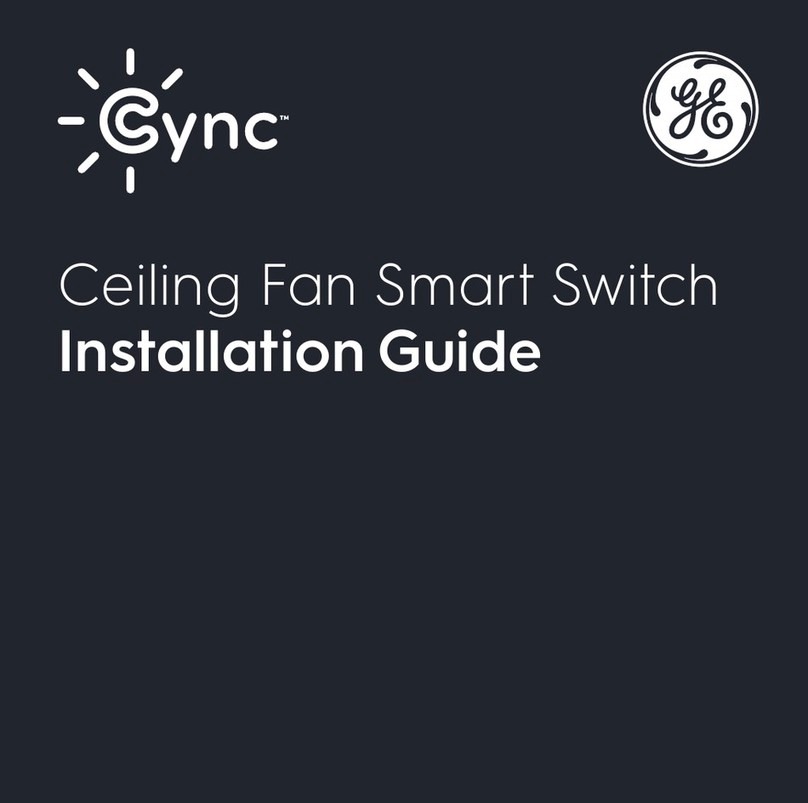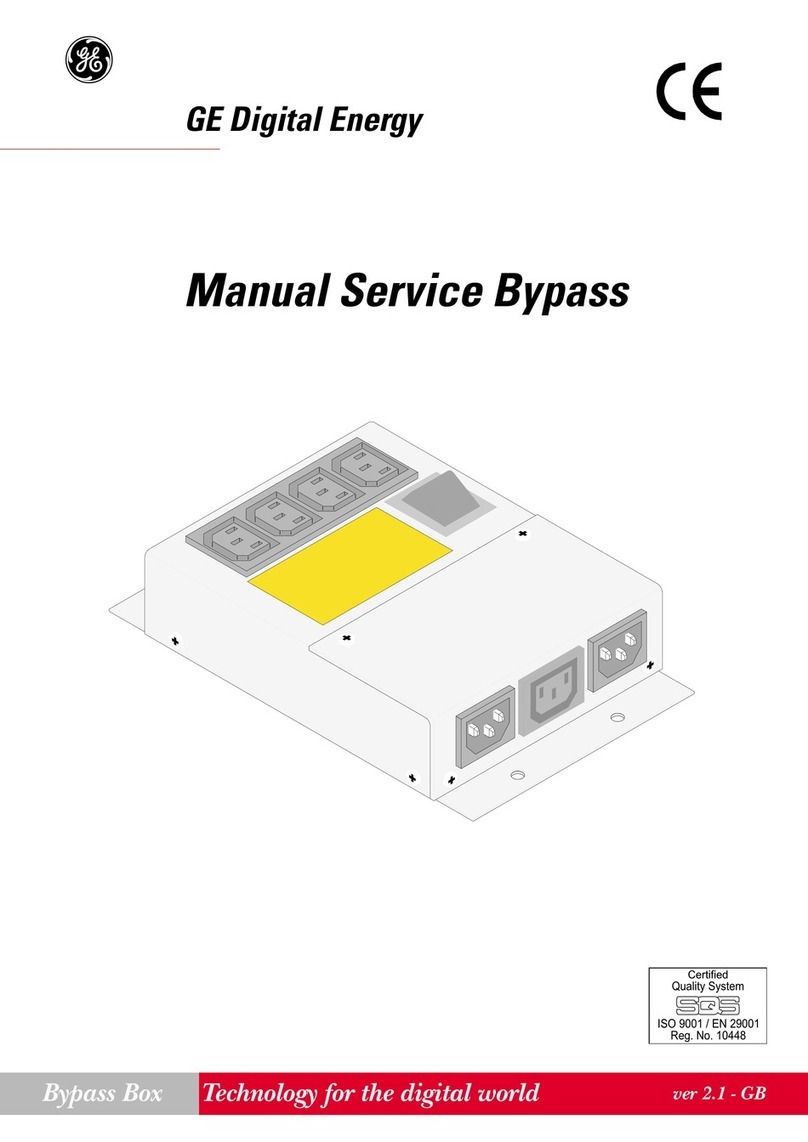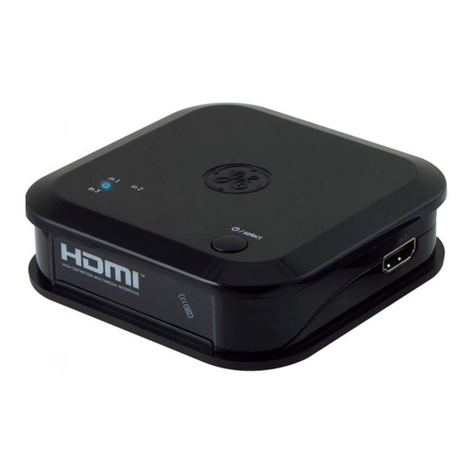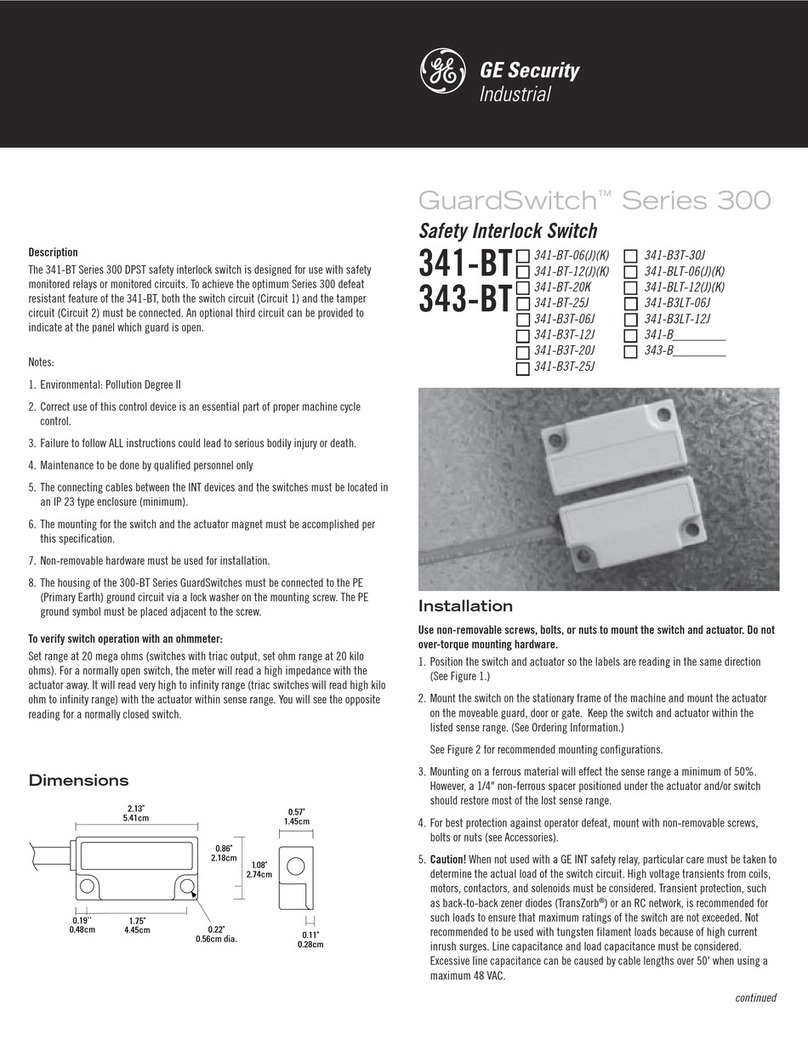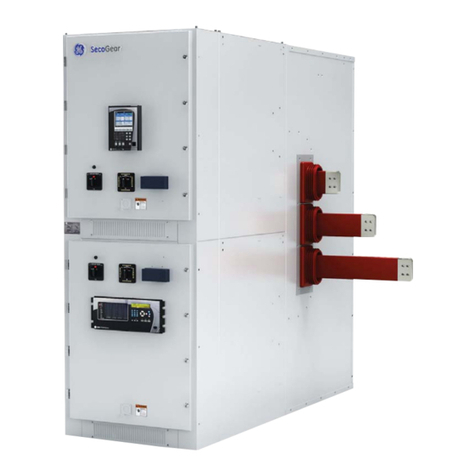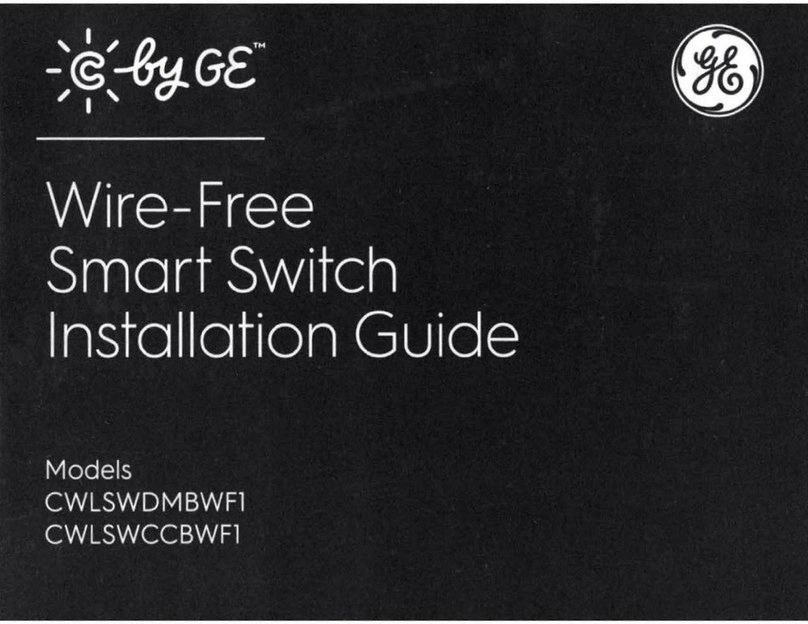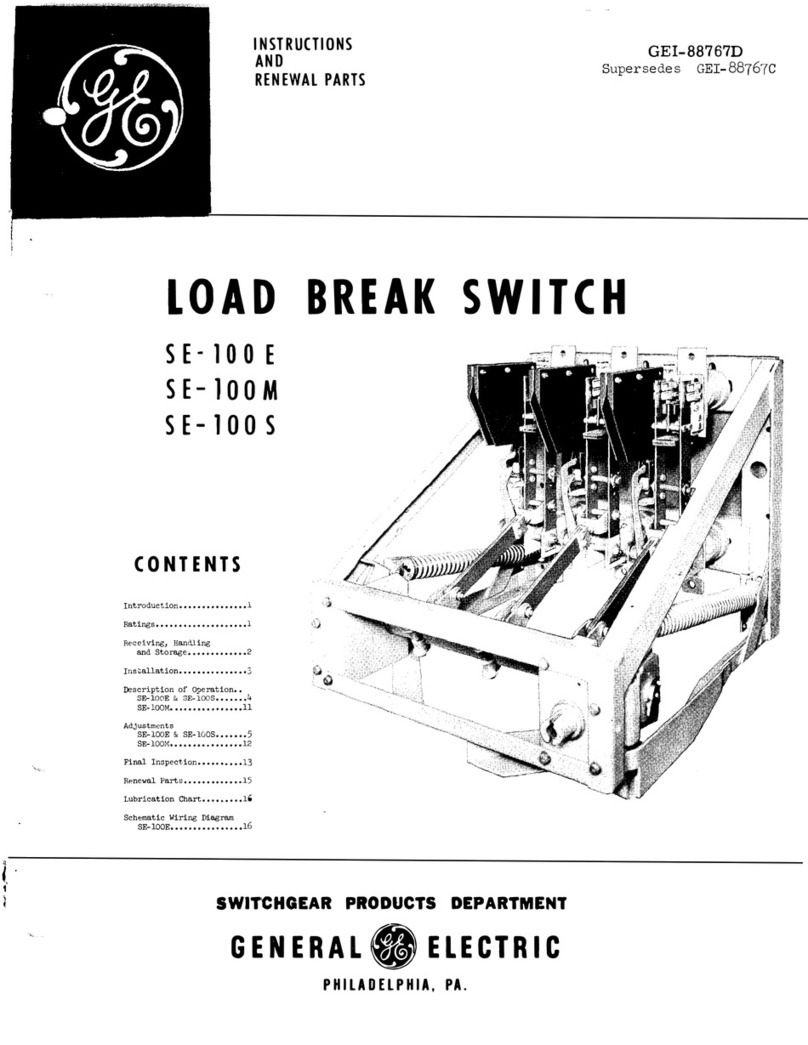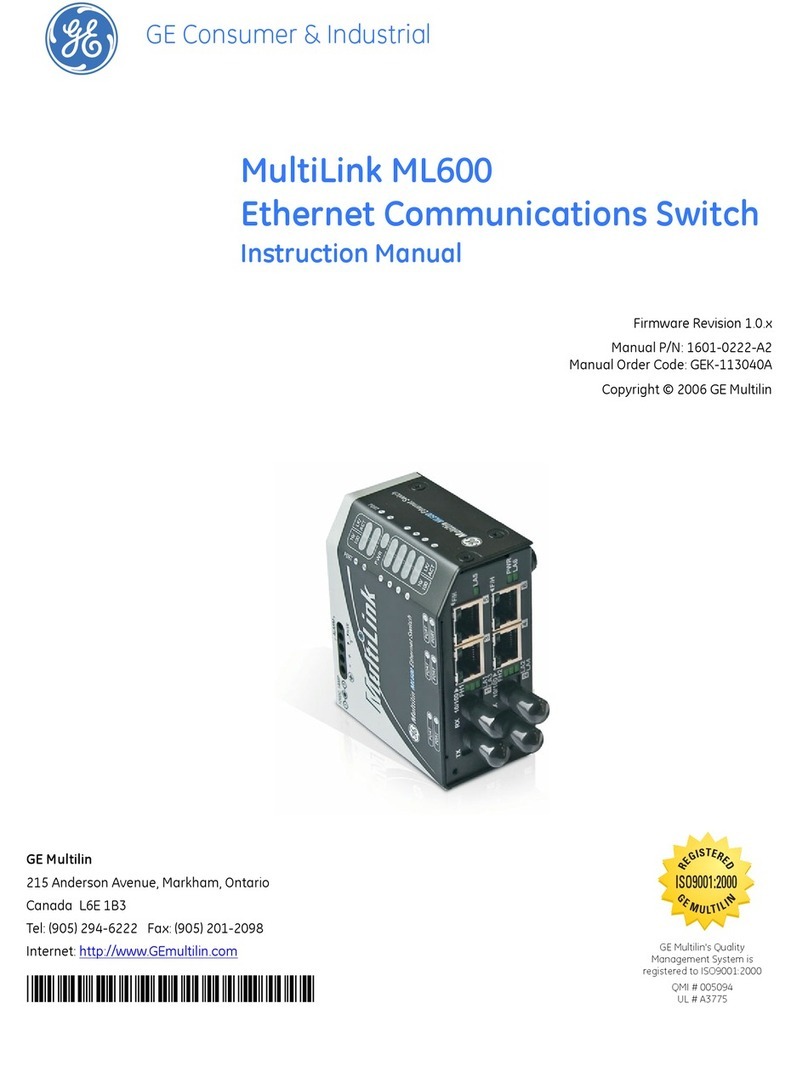
5
Installation
We sincerely appreciate your patronage. For this reason,
we have made significant effort to provide for a safe,
streamlined and cost-effective installation. Because each
installation is unique, it is impossible to know of and advise
the trade of all conceivable procedures and methods by
which installation might be achieved. Neither could we
know of possible hazards and/or the results of each method
or procedure.
For these reasons, only current licensed electrical should
attempt system installations. Installations must strictly
comply with all applicable codes, industry standards
and regulations.
Your equipment is supplied with this combined “Installation
and Operator’s Manual”. This is an important document and
should be retained by the owner after the installation has
been completed.
Every effort has been made to make sure that the information
in this manual is both accurate and current. However, the
manufacturer reserves the right to change, alter or otherwise
improve the system at any time without prior notice.
Home Owner Responsibilities
To help you make informed choices and communicate
effectively with your installation contractor(s), read and
understand Owner Orientation before contracting or
starting your equipment installation.
To arrange for proper installation, contact the store at which
you purchased your equipment, your dealer, or your utility
power provider.
The equipment warranty is VOID unless the system is
installed by licensed electrical professionals.
Owner Orientation
The illustrations provided are for typical circumstances and
are meant to familiarize you with the installation options
available with your system.
Local codes, appearance, and distances are the factors that
must be considered when negotiating with an installation
professional. As the distance from the existing electrical
service increases, compensation in wiring materials must
be allowed for. This is necessary to comply with local codes
and overcome electrical voltage drops.
These factors will have a direct effect on the overall price
of your equipment installation.
Your installer must check local codes AND obtain permits
before installing the system.
• Readandfollowtheinstructionsgiveninthismanual.
• Followaregularscheduleincaringforandusingyour
equipment, as specified in this manual.
Installing Dealer/Contractor Responsibilities
• Readandobservethesafetyrules.
• Readandfollowtheinstructionsgiveninthismanual.
• Theinstallermayneedtoprovideappropriaterated
contactors based on loads to be controlled.
• Checkfederal,stateandlocalcodesandauthority
having jurisdiction, for questions on installation.
• Ensuregeneratorisnotoverloadedwithselectedloads.
If you need more information about the transfer switch, call
(800) 743-4115, between 8:00 AM and 5:00 PM CT.
Equipment Description
The transfer switch is designed to transfer the selected
loads found in normal residential installations to generator
power in the event of a utility power failure. The load is
connected either to utility power (normal) or home standby
power (generator). The transfer switch monitors utility and
generator voltages and will automatically connect to the
appropriate source of power.
Major components of the transfer switch are 2 pole
contactor switches, control circuit board, fused utility
terminals and interconnecting wiring.
The transfer switch is coil-operated from utility or generator
inputs and contains suitable electrical interlock switches to
eliminate the possibility of connecting the utility service to
the generator output.
The control board has active circuits sensing utility and
generator voltages. It creates a signal for the generator start-
up, switch transfer, retransfer when utility is restored and
generator cool down periods.
